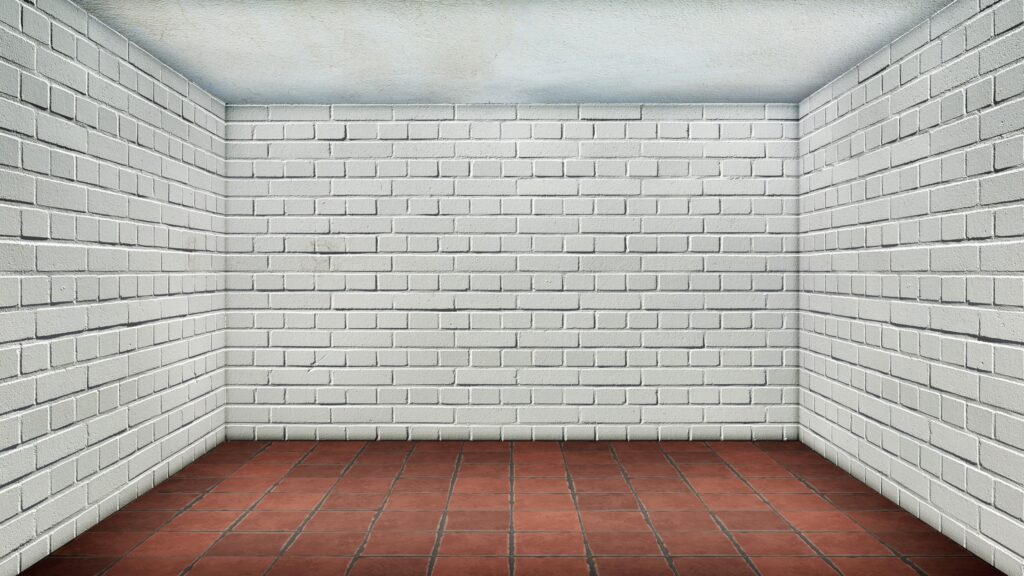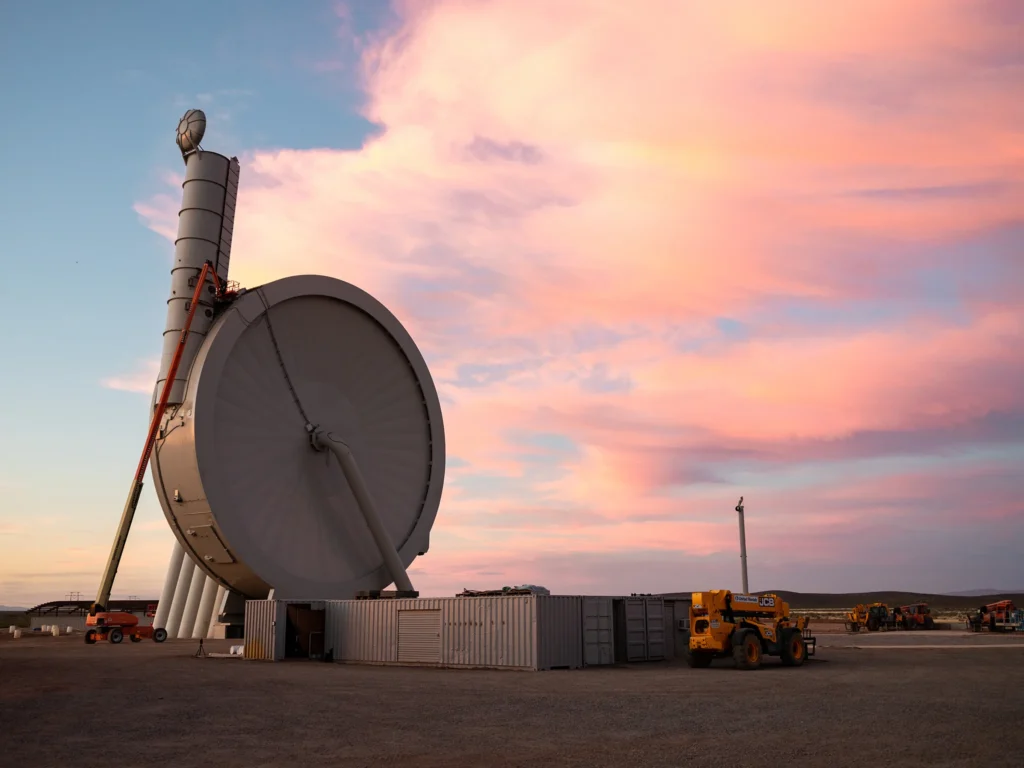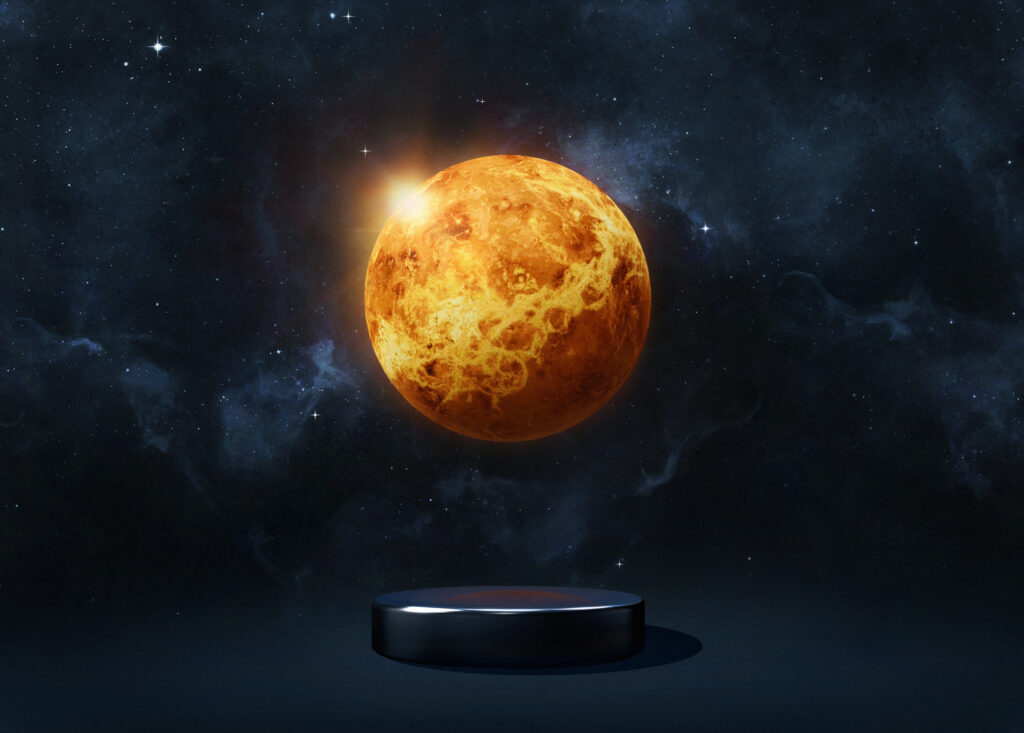Have you ever thought that even bricks can store energy? Well, yes that’s possible.
In the face of an imminent energy crisis and the urgent need to move towards sustainable building practices, an innovative idea has come to light- energy storing bricks. Energy is stored in many different mediums such as the hydroelectric dams of New Zealand, rechargeable batteries thermal storage, including Molten salts, which can store and release huge amounts of heat energy in compressed air for storage of energy cryogenic systems, flywheels. However, with the rapid development of technology, bricks can also store energy.
These amazing bricks hold cutting-edge nanotechnology that could revolutionize the construction industry and pave ways for buildings that do not just use less energy, but also produce energy and store their own energy. Continue reading to find out more about this interesting innovation!
Know More About Energy Storing Bricks
Brick walls may someday provide power to your laptop and lights, thanks to a revolutionary method that transforms bricks into battery-like devices. Integrating them in walls coupled with solar panels, these devices can supply emergency power and illumination in the event of an outage or other emergency.
Buildings made using bricks already have a large space and could be more efficient if provided with a second purpose for storage of electrical power. While some designers and architects have recognized the brick’s ability to absorb and store solar heat, there isn’t a single time that anyone has considered using bricks for something more than just thermal mass to heat and cool.
As of now the “smart bricks” cannot compete with the potential energy storage of lithium-ion batteries in a variety of energy systems that use solar. There is hope that this technology will be developed to create an alternative storage method that utilizes easily accessible materials.
The Science Behind Energy-Storing Bricks
The porous nature of brick is perfect to store energy since these provide bricks with a larger space than the solid material and the larger the area of the surface. Bricks appear red because the clay has iron oxide, more commonly known as rust.
The power of energy-storing bricks is in their capacity to utilize the energy of supercapacitors, electrochemical devices capable of storing and releasing huge amounts of power in a minimal time. Comparatively, Supercapacitors are known to be conventional batteries that offer rapid charging and discharging cycles and come with incredible durability. This ensures it to be a perfect choice for applications that require large power density and a longer life span.
To create energy-storing bricks, scientists developed conductive nanofibers made of poly (PEDOT), into the porous structure of bricks. These nanofibers serve as electrodes, supplying an enormous surface area for electrochemical reactions which store and release energy.
Why Bricks For Storing Energy?
Red bricks, among the world’s least expensive and well-known building materials, can turn into storage for energy. The implementation of this technology is a reliable method to store energy. These energy efficient bricks get charged like power devices to store energy similar to a battery.
Brick’s porous construction and larger space available is great to store energy than solid materials. It means the larger the area, the more electricity that a supercapacitor’s material holds. Bricks are red due to consequence from the clay that they’re made from which is a chemical iron compound, also known as the rust which is great for storing energy.
Are Brick Houses More Energy Efficient?
An energy-efficient home is healthier for the planet and better for your financial account. Based on the provider you choose, consuming more energy to control the temperature of your home could be a sign that more fossil fuels are utilized. In any case, it will certainly raise your energy costs.
Bricks are much more energy efficient than other common building materials. The result is that buildings constructed with bricks retain heat longer than structures constructed using other materials, such as steel, wood or glass.
The efficiency of energy-efficient bricks also gets affected by what’s called the embodied energy. It is the energy needed to produce the material initially and is a part of the energy required to build the construction. While bricks do contain inbuilt energy generated by the manufacturing process, they’re more efficient in energy use when compared to other building materials.
Like any other building that needs galvanizing or paint, which is a major use of energy during the construction process. Bricks last for a lengthy duration, and are a major factor in their effectiveness.
Addressing Challenges and Advancing Future Directions
Despite their potential for growth energy-storing bricks have some obstacles before they get widely adopted:
Standardization and Regulations:
The establishment of industry-wide standards and regulations for energy-storing bricks is vital for ensuring their consistency in performance, quality and safety. This means defining standardized testing procedures as well as performance benchmarks and safety guidelines.
Cost Considerations:
The production of bricks for energy storage is currently more expensive when compared with conventional bricks. Thus, a little more research and development is essential to understanding the production costs saving methods and making energy-storing bricks more economically sustainable.
Building Design Integration:
Creating energy-storing bricks into the design requires careful assessment of the structural integrity, electrical safety and thermal management. All this procedure includes ability to bear loads, electrical insulation, and heat dissipation.
Thus, addressing these issues requires a constant collaboration with engineers, researchers and decision-makers in this industry. Following all these measures including further research can make energy-storing bricks a more durable and sustainable building material in the future.
Conclusion
Energy Storing Bricks rely on a transformative technology that has the potential to revolutionize the construction journey and alter our perception of energy consumption. Using nanotechnology for these bricks provides an eco-friendly solution to the energy storage challenges. This may lead to structures not energy efficient, non- sustainable and non eco-friendly. In the course of research and advances, the energy-storing bricks are set to play an important part in shaping a more durable and sustainable future for our built environment.



